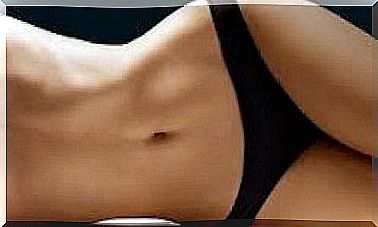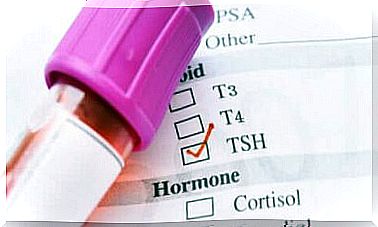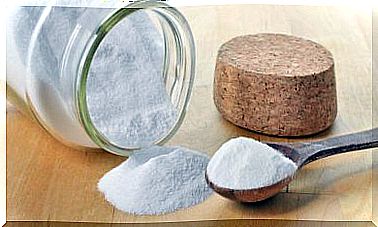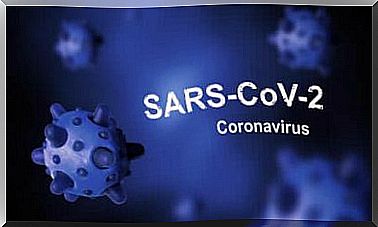Aerosol Therapy: What Do You Need To Know?
With aerosol therapy, it is possible that a substance, or a drug, is deposited inside the respiratory system and exerts a therapeutic action.
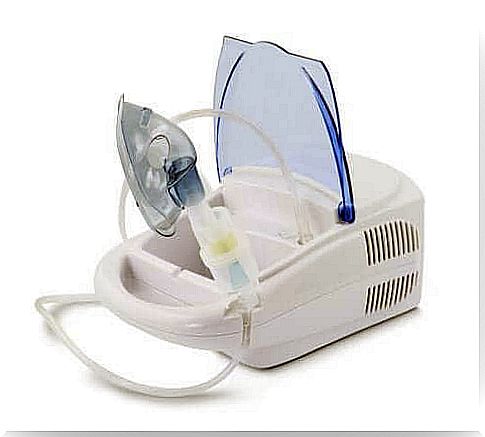
Aerosol therapy is a form of treatment that allows the administration of substances or drugs in aerosol form, by inhalation. Nebulizers are the devices that are used to deliver this type of treatment.
These are devices that have the ability to convert a liquid into aerosol particles. In this way, a fine mist is formed which the patient can breathe when inhaling.
With this treatment, it is possible that a substance, or a drug, is deposited inside the airways and produces a therapeutic effect.
Aerosol therapy indications
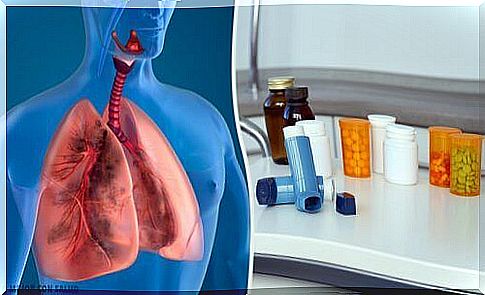
The most common indication is the administration of bronchodilator drugs in patients with asthma or COPD. However, this therapy is also used in the treatment of pathologies such as cystic fibrosis, HIV or bronchiectasis.
What substances can be administered?
With aerosol therapy, it is possible to administer:
- Bronchodilator or corticosteroid drugs
- Mucolytics that break up mucus in order to better eliminate it
- Substances, such as physiological saline, which make secretions more liquid
- Antibiotics to directly treat bronchial infection
Benefits of aerosol therapy
The main advantage of aerosol therapy is that the substances, or drugs, can be administered in such a way that they come into direct contact with the affected areas of the airways. Thus, a rapid effect is obtained with a lower dose.
In addition, it also has fewer side effects than systemic administration. Because the product or the drug is deposited directly at the level of the bronchi. Among the factors that determine the deposition of a nebulized substance in the respiratory tract is the size of the particles.
However, depending on the type of nebulizer, there can be considerable differences in the particle size, speed and dispersion of the aerosol.
Regarding the factors that depend on the patient, we find:
- Age
- The respiratory pattern during inhalation
- Lung conditions
What are the risks and complications?
Among the complications that can arise, we can mention:
- Bronchospasm: the bronchi become inflamed and become narrower while producing coughing and difficulty breathing
- Infection by contamination of the device
- Palpitations or increased blood pressure
- Carbon dioxide retention which is usually eliminated during exhalation
How is aerosol therapy carried out?
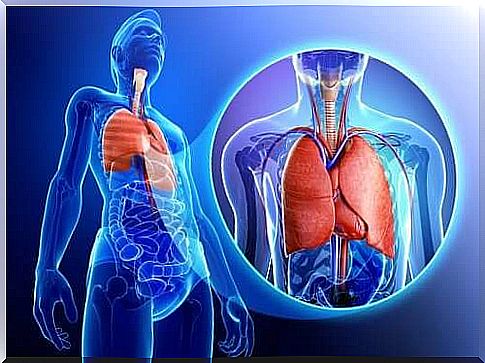
Nebulizers must be used correctly, otherwise they are not effective. Indeed, it is fundamental that the type of nebulizer is suitable for the substance or the drug necessary to treat the disease.
On the other hand, aerosols can be administered through a face mask in patients who are extremely tired or have difficulty breathing. Likewise, in case of inability to use a traditional inhaler, as is sometimes the case in the elderly or in severely ill patients.
In addition, the drugs must be prepared properly. The necessary equipment must be at hand, and hygiene must be impeccable. For a correct application, it is necessary to follow the indications of the device and to use the exact doses of the drugs.
However, if the treatment includes more than one medicine or substance, not all of them are taken at the same time. But in the following order:
- Bronchodilators and / or corticosteroids
- Substances to thin secretions
- Respiratory physiotherapy: to mobilize and expel secretions
- Antibiotics: to treat infection in the bronchi
It is best to do the treatment in a seated position with your back straight and head back. Thus, we prevent the aerosol from affecting unwanted regions. After using the device, it is important to clean and disinfect it.
Types of nebulizers
- Ultrasonic nebulizers: the aerosol is produced by the vibration of a piezoelectric crystal. This type is only suitable for nebulization of water and physiological saline at different concentrations
- Jet type: it consists of a nebulization chamber in which an aerosol is generated by means of a gas flow. These devices are perfect for nebulizing bronchodilators, anti-inflammatories, physiological serum in different concentrations, mucolytics and also antibiotics.
- Vibratory Mesh Nebulizers: The aerosol is generated when liquid passes through the holes of a mesh. It is useful for aerosol therapy of antibiotics because it provides better lung deposition and less drug loss.
Conclusion…
In order to achieve an effective treatment with aerosol therapy, it is essential to follow the medical prescription. If more than one medication is needed, you should take them one after the other.
Finally, you must be very careful with the cleanliness and disinfection of the device. Likewise, it is equally important to perform proper oral hygiene to remove drug remnants from the oral mucosa and pharynx.


